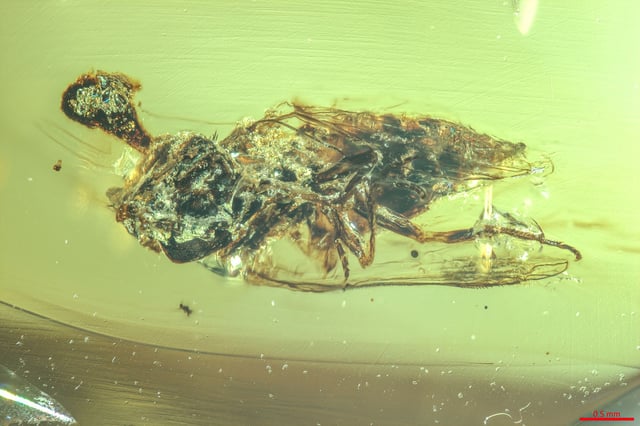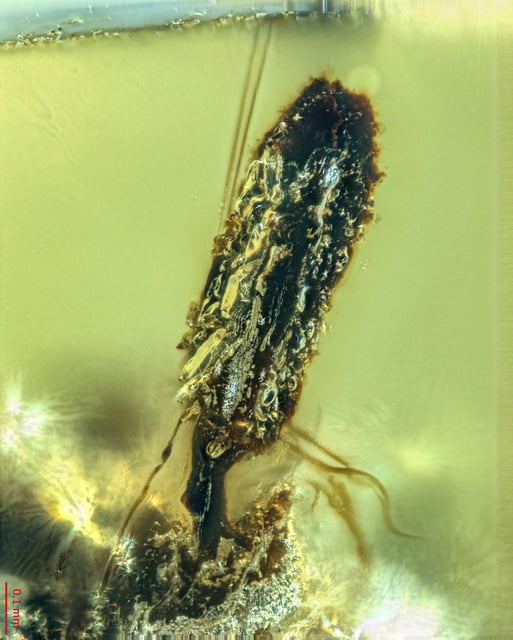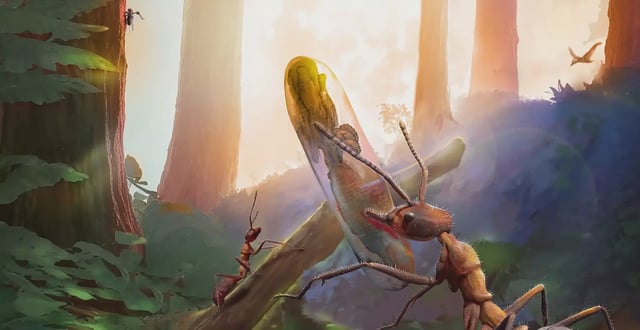Overview
- The fossils include a fungus-infected ant pupa and a fly preserved in Myanmar amber with Ophiocordyceps fruiting bodies erupting from their hosts.
- Micro-CT imaging and optical microscopy show spore shapes and dome-like structures nearly identical to those of modern zombie-ant fungi.
- Researchers identified and named two new fossil species—Paleoophiocordyceps gerontoformicae on the ant and Paleoophiocordyceps ironomyiae on the fly.
- The discovery pushes back the origin of zombie-like fungal parasitism by tens of millions of years and suggests these fungi regulated insect populations in Cretaceous ecosystems.
- Authors report that the amber was acquired before 2017 from Myanmar markets without links to armed conflict, addressing provenance concerns.



